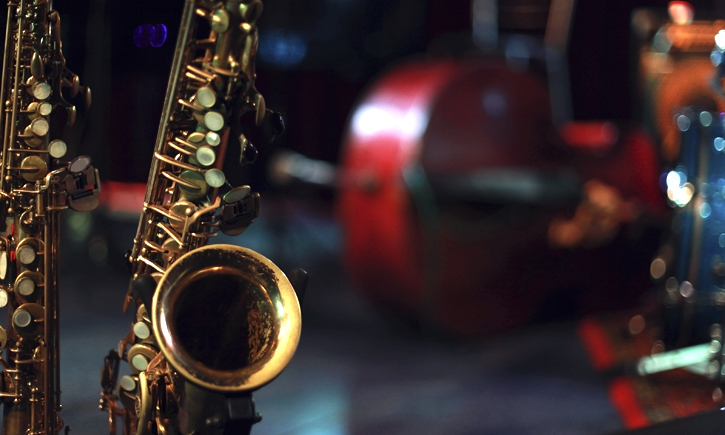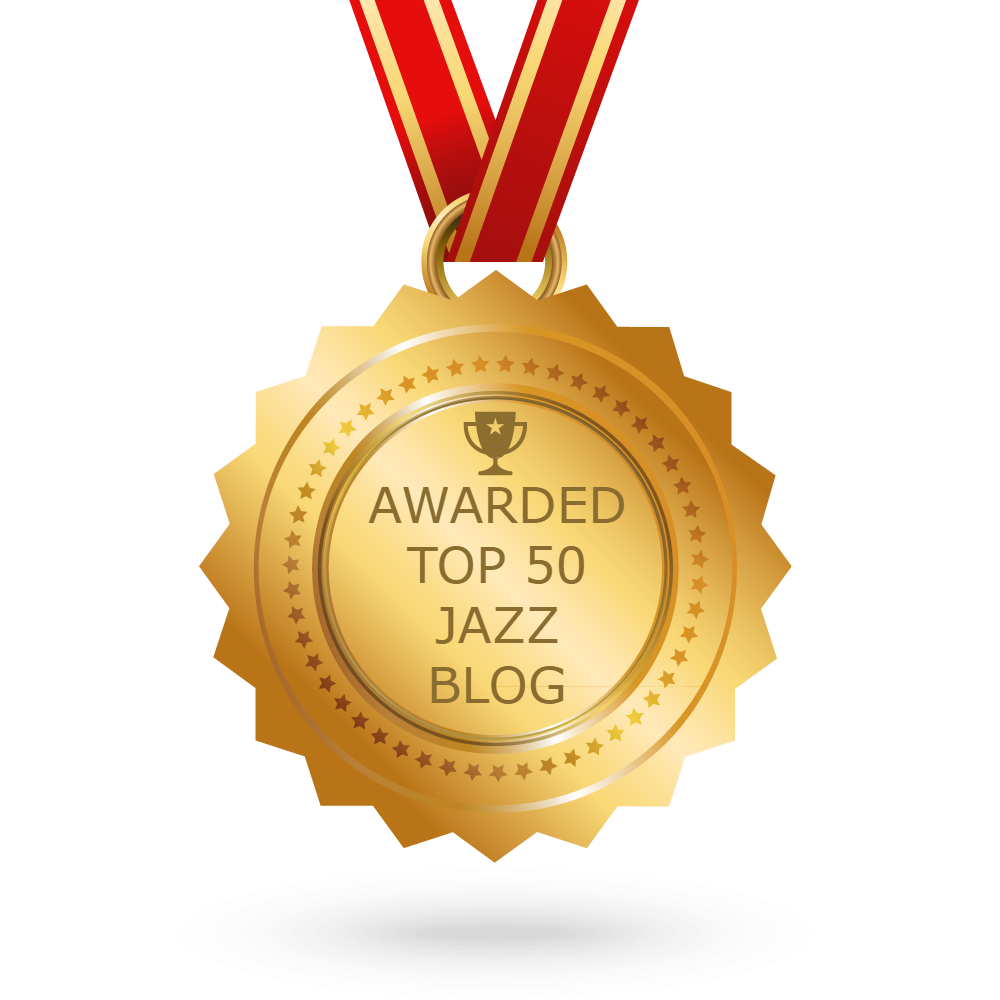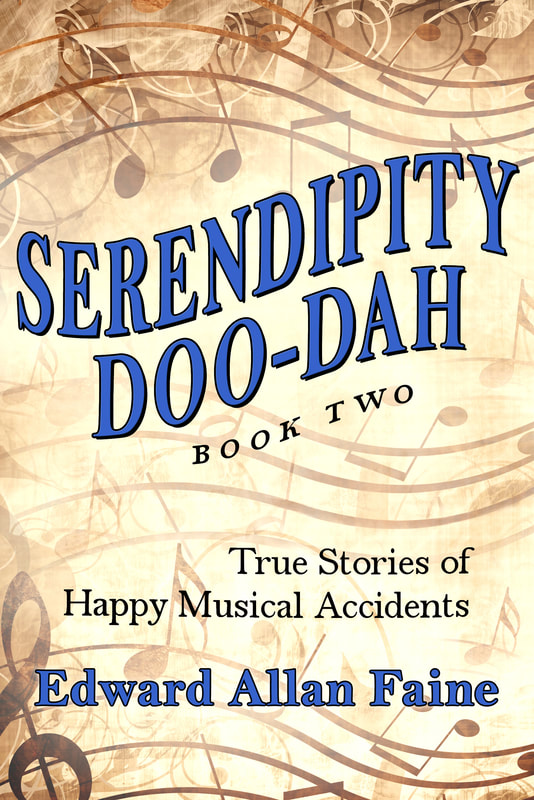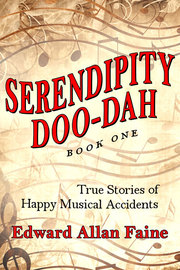Jazz festivals, clubs, venues, conventions, record labels, reissues, videos, magazines, and books abound in record numbers. Jazz enters the home via the airwaves and cable like never before. Colleges offer jazz courses and diplomas in unprecedented number. Summer jazz camps flourish. Youth, boomers, and women are turning to jazz. And the jazz industry—finally—has come into its own.
Jazz festivals are busting out all over. Forty years ago, Newport, RI, held the only jazz festival anywhere. Today, there are over 300 festivals annually—twice the number held in 1990—with one-third of them held overseas (JazzTimes Festival Guide, 1990–1995). And if you need further proof: Takoma Park jumped on the bandwagon with its first annual jazz festival at Ed Wilhelm field behind City Hall on May 11, 1996.
Jazz festival attendance is on the upswing. In 1995, the New Orleans Jazz & Heritage Festival drew its largest crowd ever, with an audience estimated at 400,000 people. At the Festival International de Montreal Jazz the audience numbered over a million in both 1994 and 1995.
Jazz thrives in other venues as well. JazzTimes magazine lists 187 nightclubs in 1995, up from 163 in 1992. Christiane Bird’s 1994 Guide to Jazz Clubs (Addison-Wesley) lists 357 jazz spots of all kinds compared to 271 in the 1991 Guide. But the BIG NEWS is the spread of jazz to other venues, such as concert halls (Lincoln Center in New York, and the Kennedy Center and Ford’s Theatre in Washington, DC); museums and art centers (the Manchester Craftsman Guild in Pittsburgh, the Sammon Center for the Arts in Dallas, and the Whitney Museum in New York); chain stores (Starbuck’s, Tower Records, HMV Music, Borders, and the New York megastore J&R Music World); college campuses; city squares; and national parks.
Disney World offers jazz seven days a week in its 240-seat nightclub. In addition, jazz has spread to club-like environments arranged by groups like the Northeast Jazz Society, the Columbus (Ohio) Jazz Society, and the Baltimore Left Bank Jazz Society. Since 1991, the Lila Wallace-Reader’s Digest Fund has invested $19 million to build a nationwide jazz audience by helping to fund live jazz events. The result: two million additional people heard live jazz. As top booking agent Joel Chris concluded in BillBoard (July 1995), “There are probably more performance opportunities today for jazz players than there were ten years ago.”
Jazz radio is perking up. Jazz radio now boasts a nationwide 2.4% listener share today, up from a 1.9% share three years ago (BillBoard, June 1995). This percentage will rise as programmers adjust their spins to match American musical tastes, since jazz holds a much higher appreciation rating (11%) than current radio airplay would indicate (Coleman Research, April 1995). However, the BIG, BIG NEWS is in the realm of digital cable radio, where five networks now offer jazz. The current size of the satellite/cable jazz audience is estimated at one million. This audience will balloon ten-fold once satellite/cable operators offer audio services nationwide.
Finally, real jazz TV! The most exciting jazz happening in TV history is the recent launch of cable channel BET on Jazz (initial subscription: two million)., which will join TV channels BRAVO, BET, OVATION, and PBS to offer jazz on a regular basis.
Jazz videos are on a roll as well. In 1995 the BillBoard music video awards added a category for jazz, a reflection of the increased use of video clips to promote jazz acts.
Jazz is now a movie soundtrack staple. Recently, jazz was heard on the blockbuster Bridges of Madison County, Woody Allen’s Mighty Aphrodite, the art-house hit Uncle Vanya, and Robert Altman’s jazz film Kansas City. Looking ahead, jazz can be heard on Francis Ford Coppola’s On the Road and the forthcoming Miles Davis film biography.
On the recording scene, jazz is in the midst of a reissue renaissance on CD that shows no signs of abating. Veteran jazz producer Orrin Keep claims that “reissues have never enjoyed the kind of popularity and shelf visibility as now.” (JazzTimes, February 1995). Feeding the reissue frenzy, as reported in BillBoard in July 1995, are the mass popularity of Us3’s Hand On the Torch, which mated vintage Blue Note jazz tracks with hip-hop beats and sold over one million copies; growing stateside awareness of acid jazz, which has drawn new listeners into the hunt for vintage funk jazz and hard bop; and the continued pressure from avid jazz fans for CD versions of their favorite recordings.
And how about those jazz labels! Today, according to the JazzTimes Record Label Guide (February 1995), there are 373 jazz labels, the most ever in history, and double the number in 1990! In April 1995, Blue Note president Bruce Lundvall told Gavin airplay survey conventioneers, “Every major label now supports jazz as opposed to ten years ago when only a few majors invested in jazz.” No wonder jazz CD sales have increased every year since 1990 (RIAA 1994 Annual Report).
Jazz education is bigger than ever. Forty years ago, three schools offered jazz. Today, 200 colleges and universities offer jazz courses and 104 offer a jazz major, one-third more than in 1990! (Higher Education Arts Data Service Reports, 1989–1995). American youth attended 121 summer jazz camps nationwide in 1995, a two-fold increase over 1990! (Summer 1995 Music Program Directory, Music Resources Press).
Attendance at jazz industry conventions is at an all-time high. The 1995 JazzTimes Convention had 1,000 registrants, a 70% increase over 1994. The 1995 Jazz Educators Conference broke previous records with 4,000 attendees. Upwards of 4,500 attendees attended in 1996.
Jazz coverage has increased in magazines. There are three major US jazz magazines today--DownBeat, JAZZIZ, and JazzTimes, each boasting a six-figure circulation—in addition to numerous smaller publications—for example, Coda, Jazz Journal International, Jazz Player, and The Wire. A plethora of instrument-oriented magazines, such as Bass Player, Drummer, Guitar Player, and Keyboard, offer significant jazz coverage, as do the publications of jazz organizations, viz National Jazz Service Organization Journal, Jazz Educators Journal, and Jazz Notes.
Jazz books keep rolling off the presses. Since 1990, a whopping 800 books on jazz have been published, almost double the number published in the 1980s (Bowker’s Books In Print).
Even teens are hot for jazz. Conventional wisdom used to hold that the typical jazz consumer was on the older and male side of the demographic curve. Well, not necessarily any longer. A July 1994 BillBoard headline proclaimed: “Jazz’s Long-Awaited Youth Market: It’s building, and THEY’RE COMING.” The melding of jazz and hip-hop by groups like Digable Planets, Guru, and Us3 is drawing younger consumers in droves to jazz bins in stores. More significant is the expected 10% increase in music students in the next 5-10 years as the offspring of the baby boomers work their way through high school and college (Music USA, 1995).
This group will have a greater exposure to and understanding of jazz than their parents, especially since improvisation—a key ingredient in jazz—is now a core content requirement to be mastered along with traditional music skills (Music Educators National Conference). The impact of the boomer babies, now clustered in the 10–15 age bracket, is already manifest in music instrument sales which, after 15 years of flat annual sales, has surged up 10% and 8% in 1993 and 1994, respectively (Music USA, 1995).
Boomers are turning to jazz as well. Purchases of prerecorded music in the US by the over 35 demographic group has steadily increased in recent years, up 5 % since 1990 (RIAA 1994 Annual Report). And, they are turning to jazz. A study of American musical tastes found that the jazz preference group (11% of respondents) is concentrated in the boomer 35–54 age bracket (Coleman Research, April 1995). Moreover, middle boomers, age 25–44, registered a 13% jazz appreciation rating.
On the horizon is the long-awaited female jazz market. More women are buying music (RIAA 1994 Annual Report), obtaining doctoral music degrees in jazz (Higher Education Arts Data Service Reports, 1989–1995), and playing in collegiate jazz bands, and not just piano and baritone sax (JazzTimes, April, 1995). Moreover, the majority of the jazz appreciation group is heavily female (Coleman Research, April 1995).
Most important, the jazz industry has come into its own. The jazz business is finally showing the signs of organizational respectability enjoyed by other music genres. Record labels regularly subsidize jazz festivals, defray the costs of touring artists, and enter into cross-promotional deals to rival Disney.
At the post office, philatelists receive a jazz CD with their stamp-folios. Two million weekly Starbuck coffeehouse customers in 520 shops nationwide listen to Blue Note jazz as they sip their coffee. Some take home a Starbuck/Blue Note CD to blend with their favorite blend.
Audi customers receive a Warner Brothers jazz CD gratuity after completing their test drive. Viewers of the home-shopping channel QVC order jazz CDs by new label Naxos. United Airline travelers listen to the Warner jazz channel. On and on and on.
Reminder: All this was written 20 years ago. Next month’s blog will focus on the downside from the same vantage point: midway in the nifty ’90s.
What has changed in the last two decades?




 RSS Feed
RSS Feed